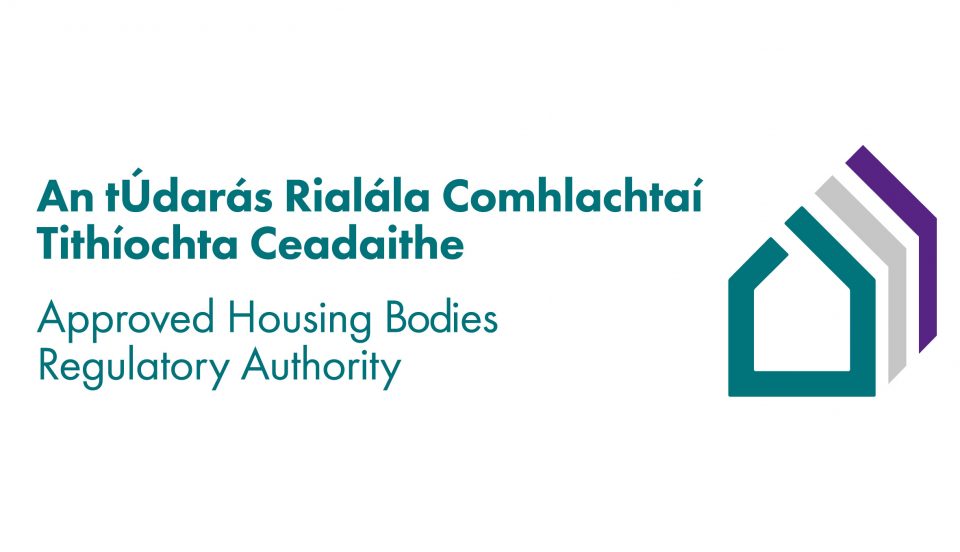
Investing in social housing: Protecting yield and managing risk
1st June 2021
Energy efficient homes: Bringing customers on the journey to net zero
1st June 2021Covid-19 and construction

With the return of all construction in early May 2021, the industry will be hoping that it has put the worst of work stoppages behind it as it looks to meet adjusted targets for the year.
Tuesday 4 May 2021 marked the return of all construction amidst the gradual lifting of restrictions, with construction of residential properties and childcare facilities having returned on 12 April. Non-essential construction sites were closed on 8 January as Ireland entered a strict post-Christmas level five lockdown.
Minister for Housing Darragh O’Brien TD had said at the time of the January lockdown that he expected the “vast majority” of the 200,000 people in the construction sector to be “staying at home” as a result of the level five lockdown, but Department of Social Protection data in mid-January showed just 56,217 people from the sector availing of the Pandemic Unemployment Payment, well below the May 2020 peak when over 70,000 construction workers were availing of the PUP. Based on a survey of its members working in construction, the Unite trade union estimated that “about 30 per cent” of building sites remained open at the time.
Construction targets
The Central Bank estimates that up to 34,000 homes will need to be built per year every year of the 2020s in order to satisfy housing demand, the ESRI has estimated a slightly lower 33,000; these targets were neither enshrined as official by the Government, nor were they being met pre-pandemic.
While the initial 2020 targets for new build completions in Ireland were understandably missed given the extensive shutdown of construction sites in the first lockdown of 2020, Central Statistics Office figures (CSO) show that completions for the year were down just 1.9 per cent. Despite Taoiseach Micheál Martin’s revised estimation that 18,000 homes would be built in 2020, 20,676 new dwellings were built in 2020, a slight fall of 411 from the 21,087 built in 2019. A surge in construction activity in the final quarter of the year recovered the figures to a comparable pre-pandemic level. 7,400 houses were completed in the fourth quarter of 2020, a 15.9 per cent rise on the 2019 level.
Completions of apartments rose 45.6 per cent year-on-year to 1,724, but there were decreases in both single (down 2.6 per cent) and scheme dwellings from 2019. However, both single and scheme completions rose in Q4, at rates of 8.5 per cent and 9.3 per cent respectively.
Of all completions in 2020, 56.7 per cent were part of a scheme, 23.9 per cent were single and 19.4 per cent were apartments. The most completions at a regional level in quarter four of 2020 were in Dublin, where there were 2,479 dwellings completed. There were 6,081 completions in Dublin over the whole of 2020. The mid-east region had the next highest level of completions, with 1,555 dwellings completed in Q4 and 4,839 in the whole of 2020. In Q4 2020, more than three-quarters of all apartments completed were in Dublin, the mid-east accounted for 29.3 per cent of the total scheme dwellings and the western region had the highest number of single dwelling completions.
7,827 social homes were delivered in 2020, including 5,073 new builds, according to the Government’s Social Housing Statistics 2020. Commenting on the figures, Minister O’Brien said: “At the end of 2020 housing delivery had reached over 70 per cent of the original target, clearly demonstrating the impact Covid-19 and the subsequent shutdown in construction has had in 2020. At the end of June, just 1,478 new social homes had been delivered, including 739 new build homes. This represented 13 per cent of the overall target for 2020.
“The second half of the year showed a strong rebound with local authorities working with their delivery partners to deliver almost 7,000 new homes. I want to commend the local authorities, the approved housing bodies and the construction industry for putting in place effective protocols to mitigate against Covid, to allow for increased output over the final six months of the year.”
The Taoiseach has targeted the building of 25,000 homes in 2021, although how the industry responds to this target given its partial shutdown for the first four months of the year remains to be seen. Of the 25,000 targeted homes in 2021, 12,750 will be social homes, with 9,500 of those set to be new builds by housing agencies and local authorities. The Irish Home Builders Association had originally forecast the building of 28,000 homes in 2021 but revised this to 24,000 before the effect of the 2021 lockdown was taken into account.
Just weeks into the first lockdown of 2021, O’Brien stated that every week of the lockdown would mean that between 700 and 800 houses would not be built. The Minister told a parliamentary party meeting that the nine-week period without construction would mean that the housing targets would be missed by between 6,500 and 7,000 homes. Martin had noted upon announcement of the 25,000 houses target that this was “challenging”, but both he and O’Brien have expressed the hope that the €3.3 billion housing budget for the year will allow some room for quicker manoeuvres in the case of targets being missed. A study conducted by EY DKM on behalf of the Construction Industry Federation stated that housing completions would fall to 16,000 for the year 2021 due to the lockdown.
Construction industry
The same study, published in March 2021, also estimated a fall in value of €3 billion in 2021, following on from a fall of €2 billion in 2020. The report also claimed that, along with O’Brien’s estimate of between 700 and 800 houses not being built with every week of shutdown, the construction industry lost €427 million in output and €156 million in lost profit and wages per week of the shutdown.
The report also warned that despite the relative recovery of new build numbers in the second half of 2020, the level of new housing commencements declined by 23.5 per cent in the first nine months of 2020 to 17,615 on the same period in 2019. This, it is warned, will not properly affect supply forecasts until 2021 and 2022, with CIF stating it “will have serious repercussions for the supply pipeline in 2021 and 2022”.






